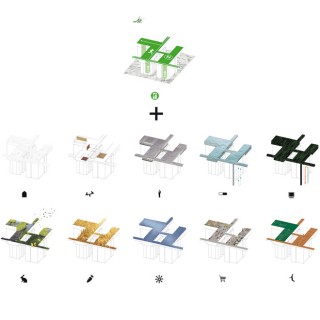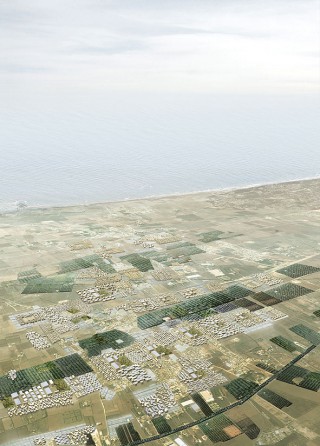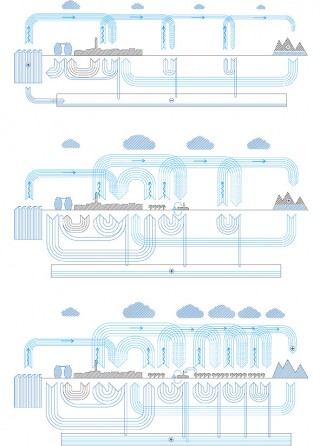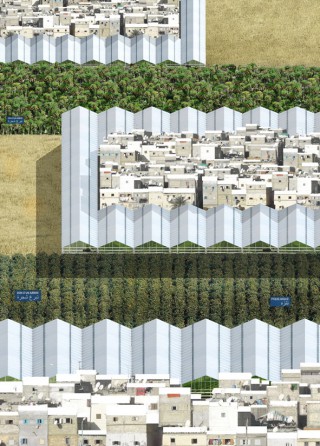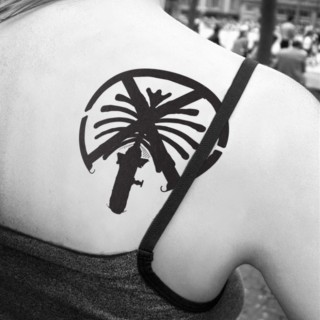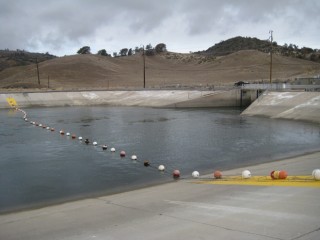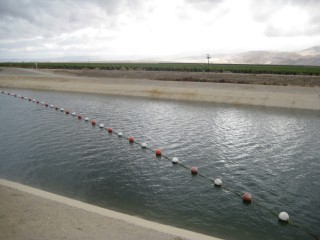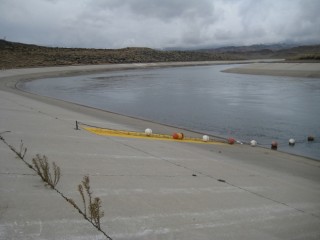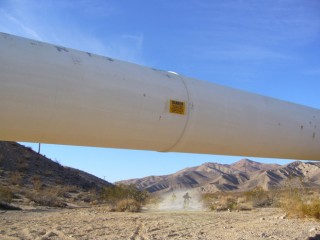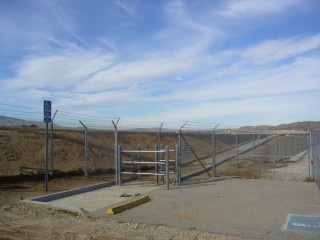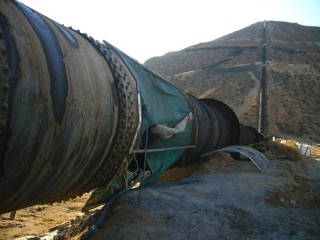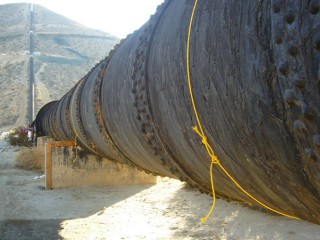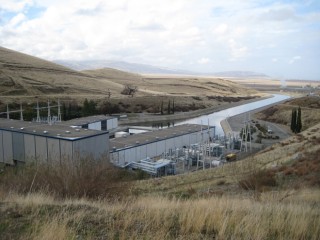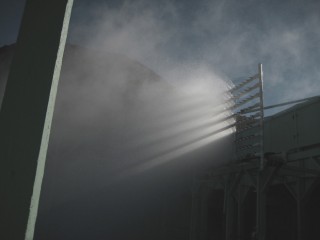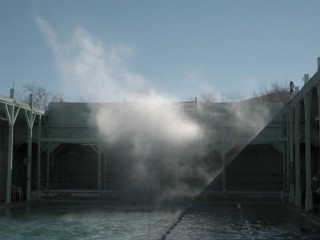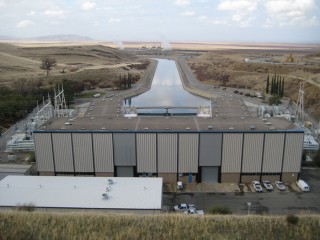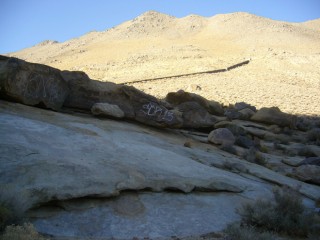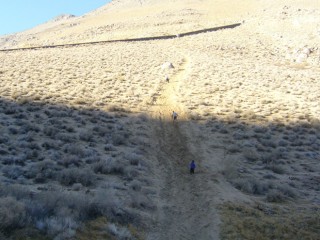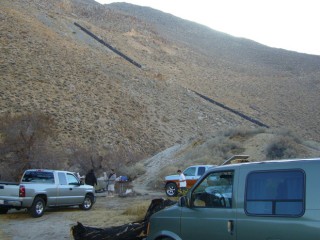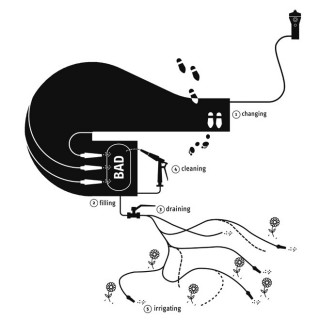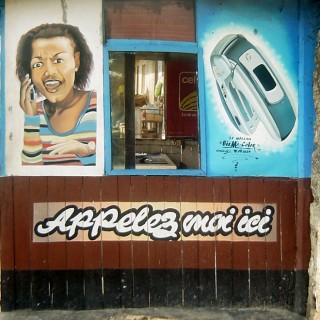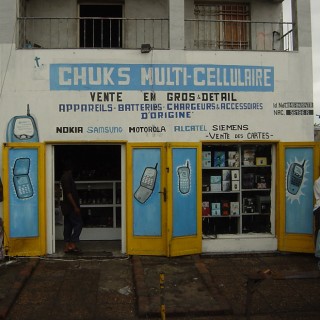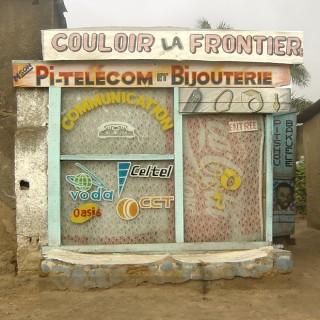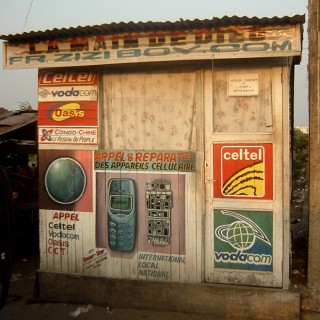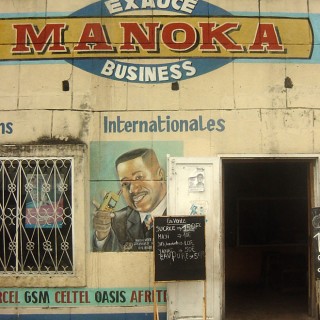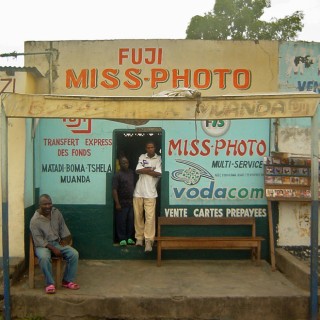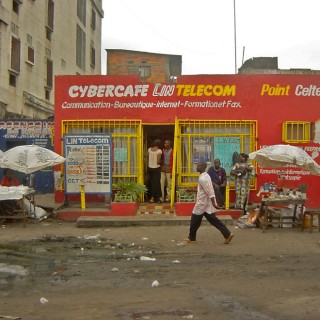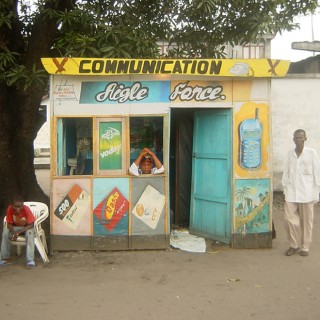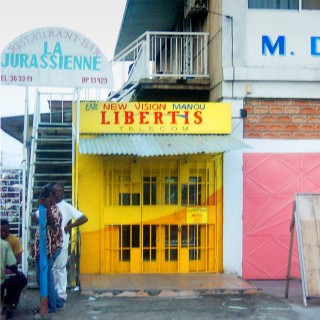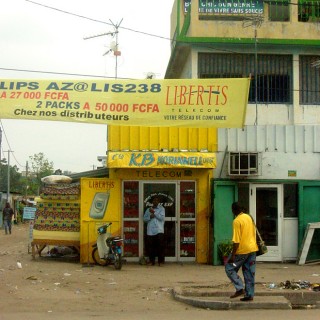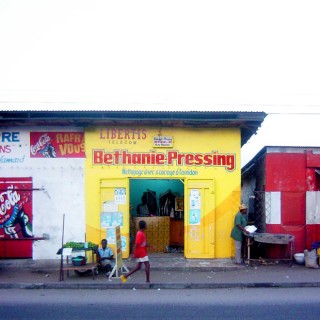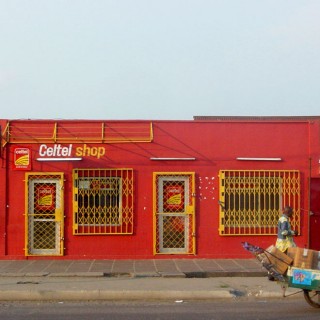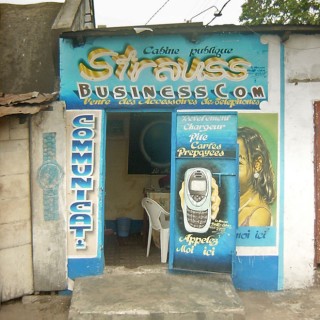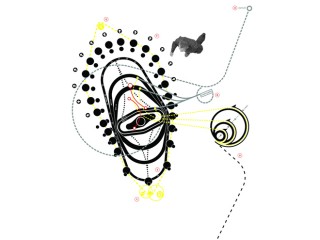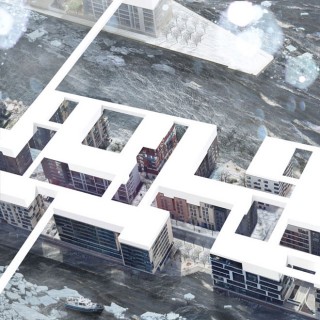
Überhafen – Hamburg, Germany
Hamburg’s Upper Harbour and Harbour City were examined for potentials in their current embankment system, particularly in regard to their future adaptability. The idea, Überhafen, for the flood-controlled upper harbour is based on a “strategy of admitting” in order to to make the area safe, attractive, and more public, despite possible flooding in the winter. Conventional rentable billboards can be adapted as studio spaces, creating an opportunity to keep buildings affordable for intended users by dispensing of expensive flood protection. New Horizon, [more]
31/05/2011
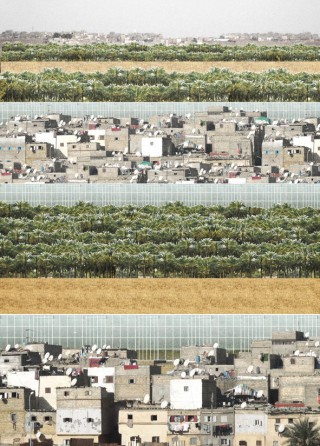
Rainmaker – Casablanca, Morocco
Rainmaker – Towards a Water-based Urbanity for Grand Casablanca is based on a territorial water strategy, including the recovery of the natural water cycle through evaporation, condensation, and precipitation. The general concept is to use all locally accessible water resources for the irrigation of vegetation in order to refill the atmosphere with water and thus [more]
02/12/2010
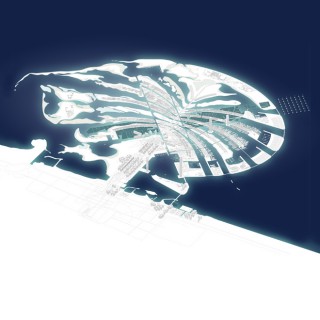
X-PALM / CHARTER OF DUBAI – Dubai, U.A.E.
X-Palm’s methodology is based on the notion that the luxury refuges built during the last real estate boom represent a massive societal investment, and that a process of recycling and transformation needs to take place. The Charter of Dubai addresses issues of marketing, environmental sustainability and social bonding. Precise measures of formal adjustment, comparable to [more]
01/09/2009
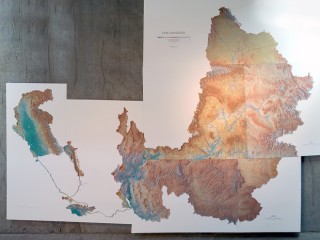
In Terms of Water – Los Angeles, USA
L.A. in Terms of Water investigates a local dichotomy: how does such a dry a place become known for a wet lifestyle of green lawns and swimming pools? Los Angeles’ complex system of water supply and usage is explored by confronting the engineering masterpieces of aqueducts and reservoirs that bring water to the city. Imagined [more]
01/01/2008
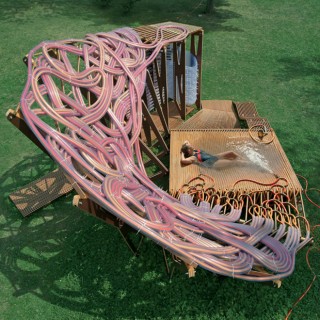
BATH – Stuttgart, Germany
BATH interprets ways of inhabiting as well as the urbanized landscape. It opportunistically joins for a brief spatial moment the circuits that have become antipodes of the contemporary environment: infrastructure and nature. It proposes an alternative, self-empowered form of leisure. BATH is composed of a 1,000-meter garden hose that plugs via a hydrant into the existing hidden [more]
01/01/2006
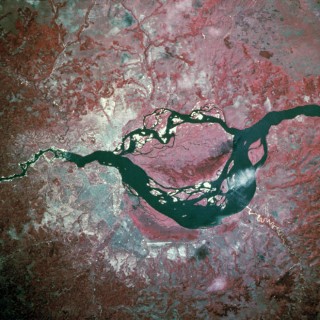
Call me here – Brazzaville/Kinshasa, Republic of the Congo/Demokratic Republic of the Congo
“Call Me Here” is situated in the double capital of Brazzaville and Kinshasa. In an urban agglomeration that lacks all infrastructures, from roads to electricity to water, and from schools to hospitals, the presence and effects of mobile phones is striking. As innumerous individual wall paintings tell, this new equipping of the city is not [more]
01/01/2005
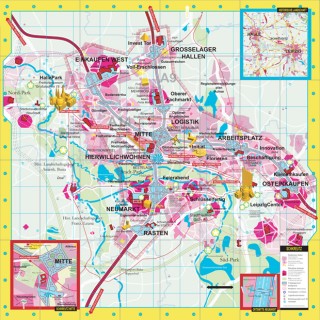
Schkreutz City Map – Halle/Leipzig, Germany
Schkreutz. City Map. 1st Edition focuses on the new urban development between Halle and Leipzig, nicknamed Schkreutz after the Schkeuditzer freeway interchange at its centre. The project places the periphery at the centre (effecting a comprehensive realignment of urban organization) and draws on the traditional linguistic terms and ciphers of city maps. The global context and one-dimensional [more]
01/01/2004
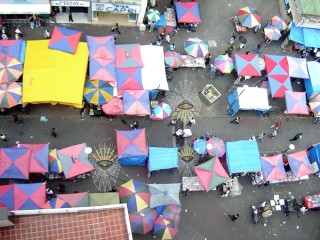
City boids – Caracas, Venezuela
City Boids looks at various phenomena of informal urbanism throughoutCaracassuch as vendors in traffic jams, street vendors, squatter settlements and illegal extensions of newly built condominiums. It describes these actors and practices as ‘urban molecules’, i.e. small elements that arise from similar necessities, which infiltrate and colonize the gaps and failures, the voids in space [more]
01/01/2003
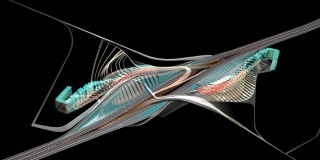
Highway…ing – Stuttgart, Germany
Highway…ing reprograms a high-speed road cutting through a larger system of leisure landscapes around Castle Solitude nearStuttgart with housing, pedestrian bridges, parking and sports facilities. As a research project it explores a sequence of car-related movements as a base for integral environmental design. An animation identifies the highway as an elastic, changeable strand of potential activities: [more]
